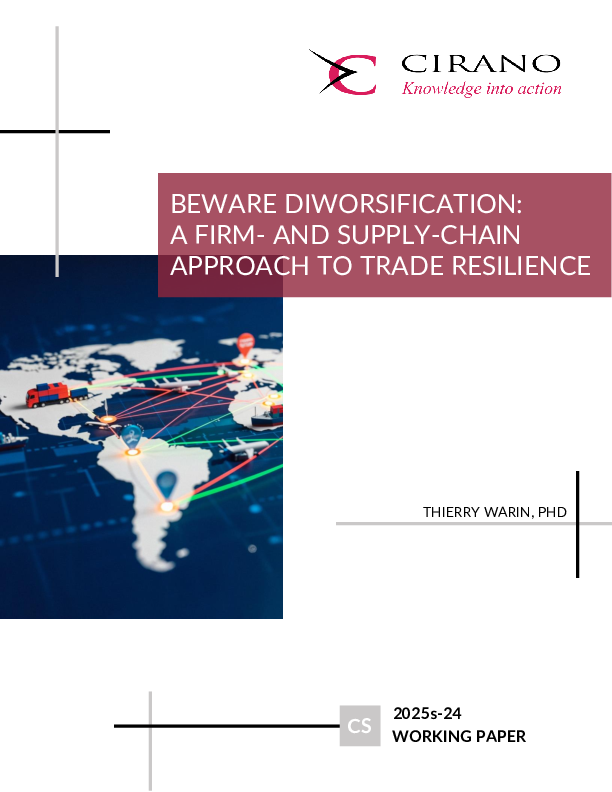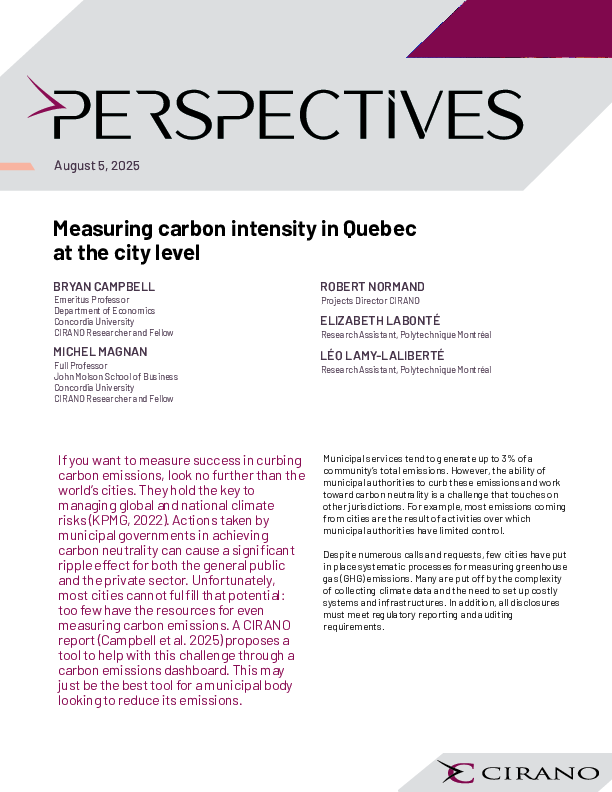Wealth Distribution, Moral Hazard, and Entrepreneurship
This paper examines the endogenous determination of the choice between an entrepreneur and a pure lender. The model relies on three key factors: risk aversion, wealth distribution, and moral hazard. We show that, under certain assumptions, only agents in the middle range of the wealth distribution choose to be entrepreneurs, while very wealthy agents (i.e., those at the high end of the wealth distribution) and agents at the low end of the wealth distribution find it optimal to be lenders, and avoid being entrepreneurs. Only entrepreneurs invest in risky projects, and they borrow topartially finance their investments. Thus, two countries with the same population size and the same per capita wealth may behave differently from each other, even when individuals have identical preferences (i.e., identical utility functions), because of the difference in the distribution of wealth. We also demonstrate how changes in the wealth distribution (while keeping the mean level of wealth constant) within a given country can lead to a switch in its international net indebtness position: a debtor country can become a creditor country.
[ - ]




